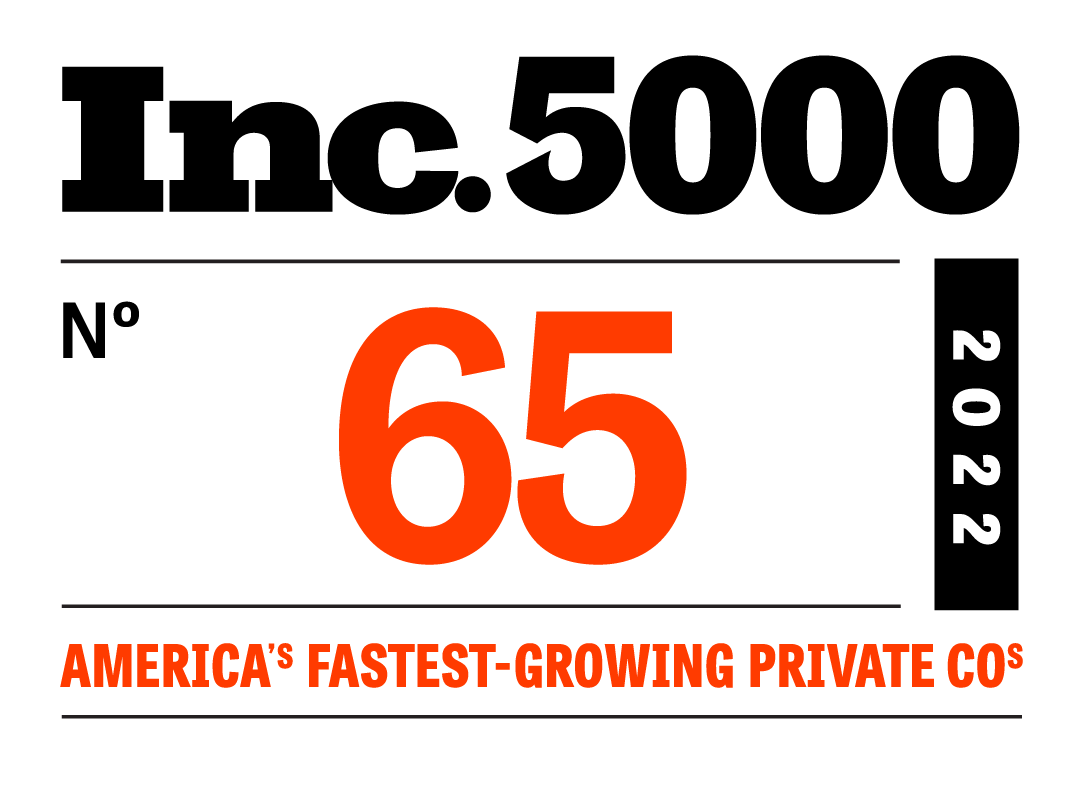“Digital transformation” may have lost its cachet as a buzzword, but it’s once again top of mind for bank and credit union leaders as they return to business as usual.
After a year of social distancing and lock downs, consumers have adopted new digital-first behaviors that have stuck--and that includes bank customers.
To meet these new expectations, financial institutions are taking a serious look at their tech stacks and are heavily considering new tools and platforms as key pillars of their strategic plans moving forward.
As chief technology and strategy officers dive head first into this often unfamiliar territory, we thought it would be helpful for them to hear from a CSO that has been there and done that.
Dan Flaningan is Bremer Bank’s chief strategy officer and what we call an early adopter of digital lending technology.
For those unfamiliar, Bremer Bank is a $12 billion regional financial institution serving communities throughout Minnesota, North Dakota, and Wisconsin. Since 2018, behind Dan’s leadership, the institution has been laser focused on digitizing their business banking segments.
On Tuesday, June 29, Dan joined our Insights Team for our weekly webinar to discuss his journey as a digital lending early adopter, how his institution has handled their digital transformation before, during, and after the pandemic, and what trends he and his team are looking to stay ahead of.
3 Highlights from Our Insights Session With Bremer Chief Strategy Officer Dan Flaningan
While you can watch the full, 30-min Insights Session above, we’ve compiled the top three highlights from our conversation, below.
- When it comes to strategic planning, put the customer at the center. Many banks and credit unions find themselves in strategic planning mode as communities recover from the pandemic of the last year. The key to getting this right, according to Dan, is to not fall into the old habits of putting profits, segment growth, or any other traditional banking goals at the center of your plans. Rather, the customer needs to be at the heart of your strategies moving forward.
“The customer drives our decisions,” said Dan. “We’ve got to be able to listen to them and meet their expectations.”
For Dan, this means business banking needs to start borrowing from their friends on the retail side of the house.
“If you go over to retail, you’ll probably see the customer ethos at the center and how they operate. But for us, we have long been an industry built on business lines and how we want to think about how we do banking.
“As we think about moving forward, the customer is going to drive the changes in that perception. The customer doesn’t care that we have to work across silos, that we have to work across different departments. They want it done quickly.
“And we now, as an industry, have to start to adapt and change to meet that expectation.”
- Digital Transformation requires partnership, not just vendor agreements. Buying new technology as a bank and credit union is difficult. Aside from finding the right technological fit, evaluating vendors is about finding someone with similar objectives and long-term visions; finding a mutually beneficial relationship.
According to Dan, this can be difficult in a space that is rapidly evolving like business banking.
“We had some vendors that just wanted us to originate loans on their platform and sell them off and that just wasn’t true to our brand and what we wanted to deliver to our customers,” he said.
For Dan, evaluating vendors--or any outside party, for that matter--is about finding the kind of organizational fit that allows for true partnership.
What does that look like in practice?
First off, he said, “we wanted to make sure that [any vendor] was able to really integrate with our data capabilities and allow us to deliver that to the customer as seamlessly as possible.
“Second thing was more understanding and deeper knowledge of the credit process.”
The second point Dan makes here is critically important. Describing many digital lending vendors as “black boxes” Dan and his team worried there wasn’t enough visibility into the way decisioning happened to be able to explain those decisions to others in the organization or, more importantly, to regulators.
For Dan and his team, choosing Numerated was about providing an exceptional and seamless customer experience to their borrowers, with a technology they fully understood and could partner on optimizing. - The pandemic only accelerated a shift in customer behavior that has been long coming. As an early adopter of digital lending technology, Dan and his team have been working to solve the problem of shifting customer expectations in business banking long before the pandemic pushed this trend into overdrive.
Back in 2018, when Bremer first decided to adopt a digital lending platform, part of their strategy included tracking their customers’ shift from traditional bank channels to digital ones.
In house, they developed a proprietary metric called Customer Transactional Migration.
According to Dan, Bremer Bank has “a blend … of the traditional methods of customers doing transactions with us versus digital.”
As digital channels play a key role in facilitating more efficient experiences, customers will tend to utilize them more. Customer Transactional Migration allows Bremer to track what percentage of their customers are primarily banking through traditional channels versus digital ones.
During the webinar, Dan showed this metric measured out by quarter, starting in Q4 of 2018. As expected, from Q1-Q2 2020, Customer Transactional Migration went from 28 percent to a high of 32 percent. Notably, the metric has increased each and every quarter since Bremer began tracking it and, although it’s decreased from Q2 2020, it remains on the upward trend.
Get More Insights from Industry Leaders
The highlights above are just a snapshot into our conversation with Dan, during our Tuesday Insights Session.
Each Tuesday, we host similar conversations with industry leaders both in-house and at our partner institutions.
For more insights like the ones here, sign up for our Weekly Insights Session at 3pm ET, by registering here.






